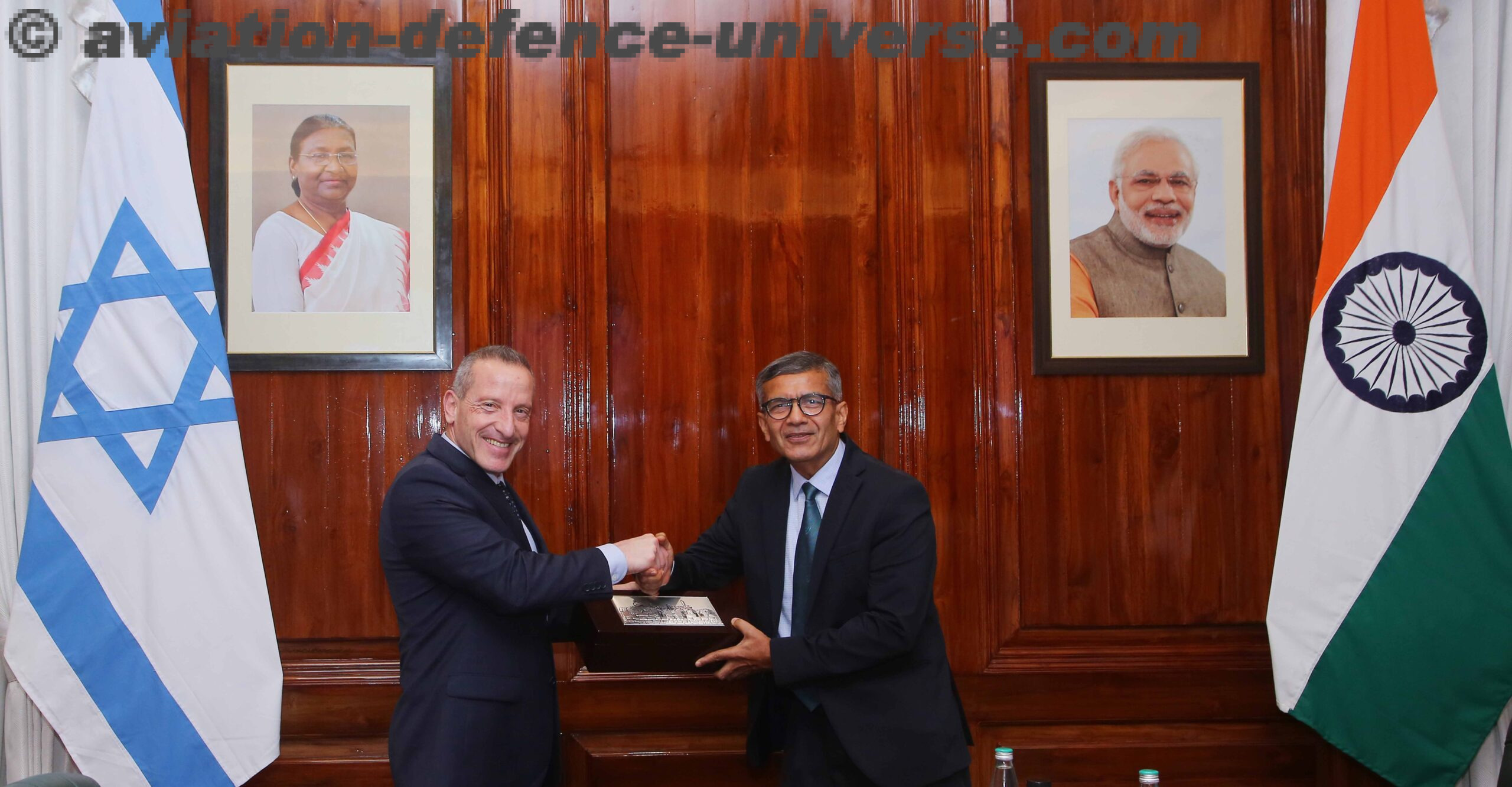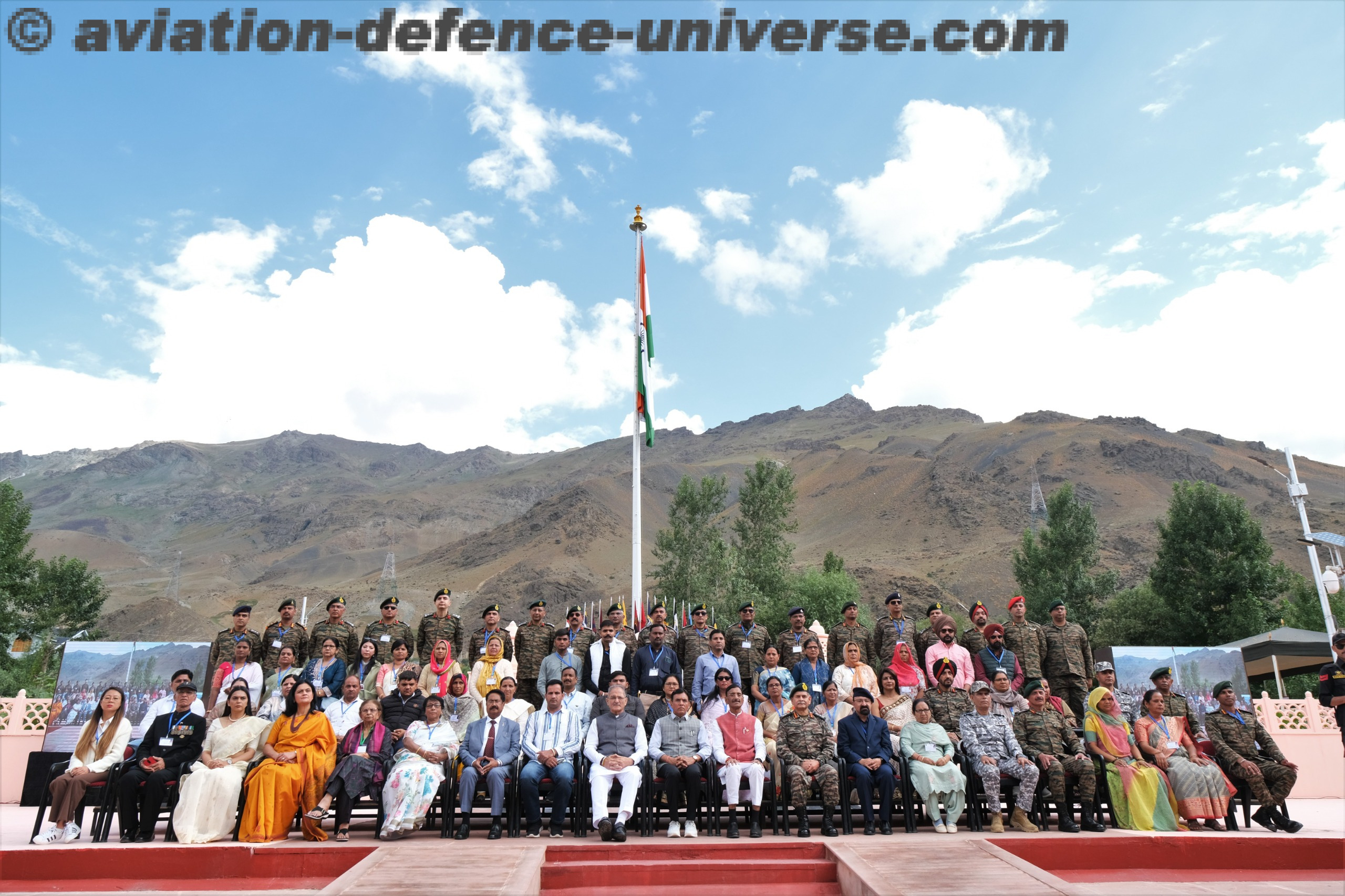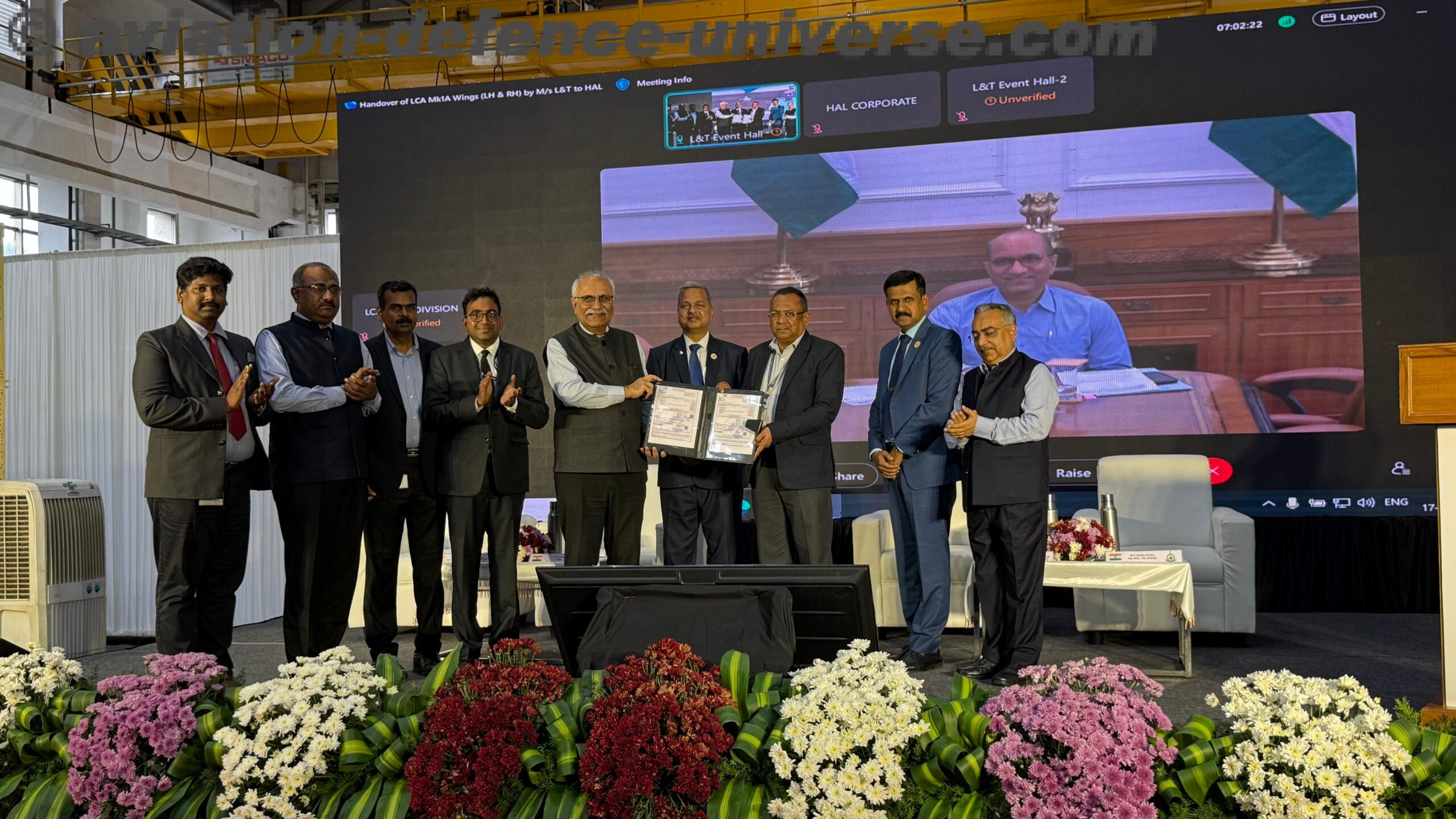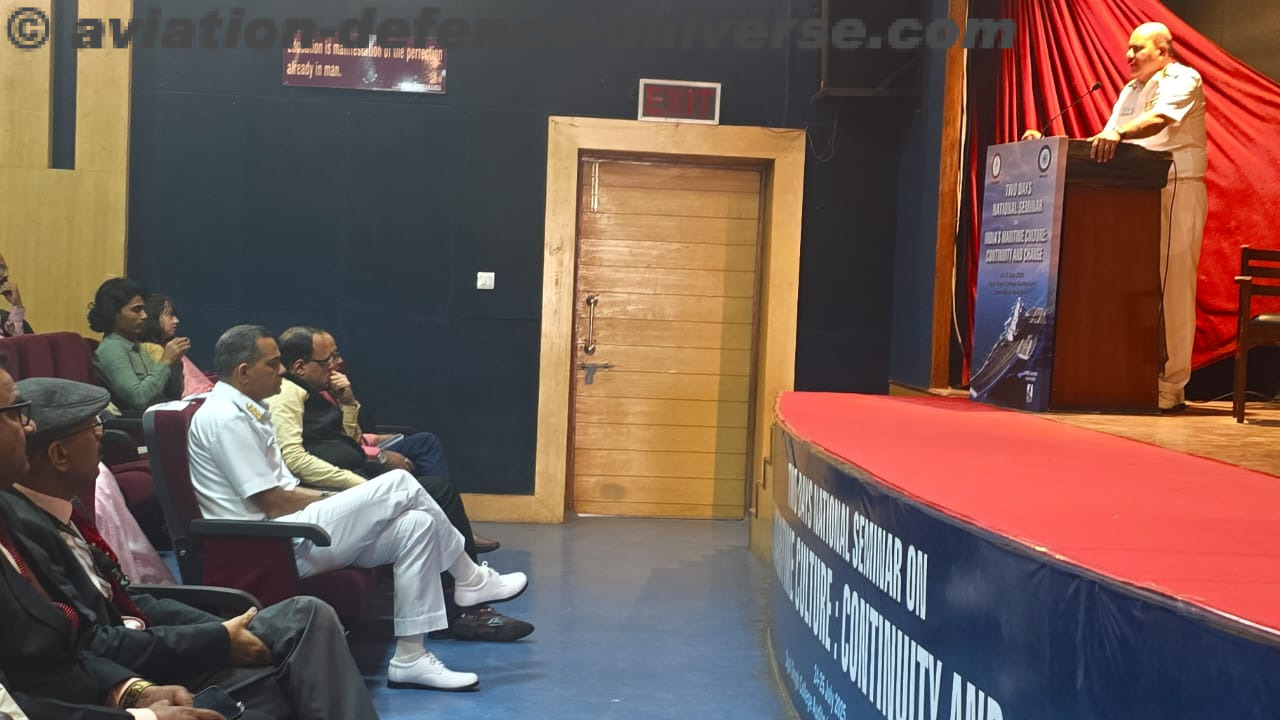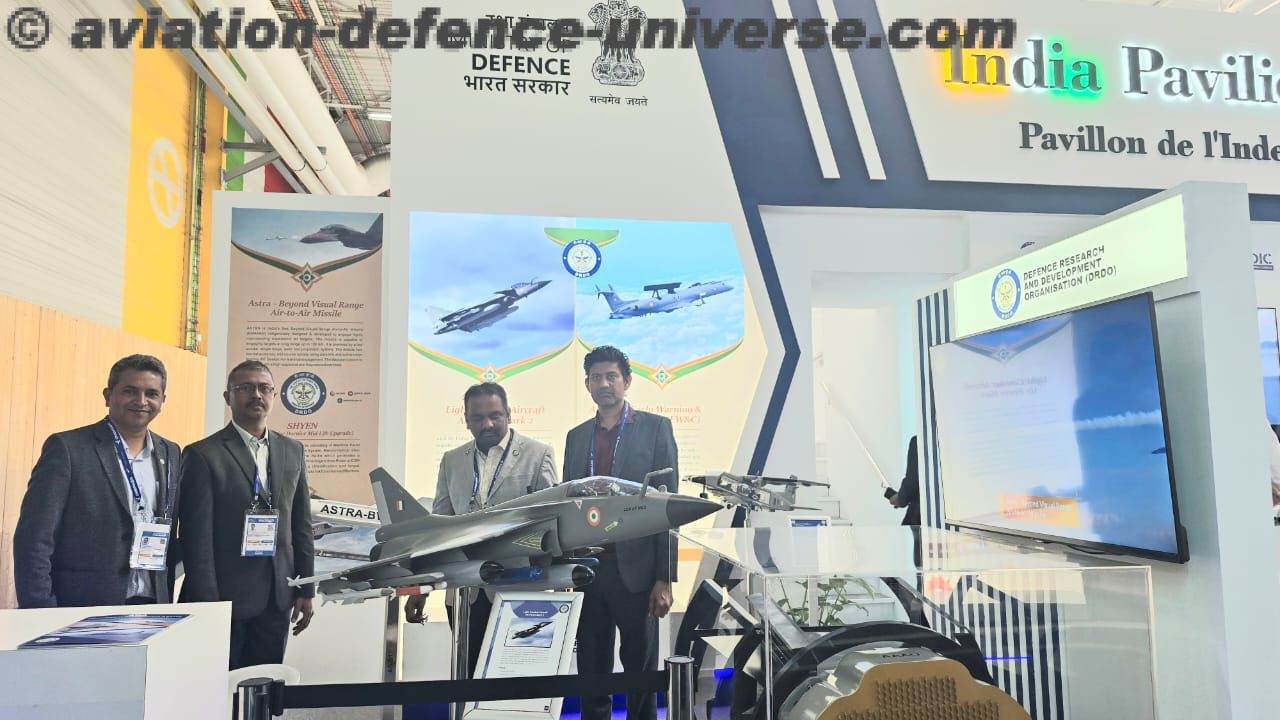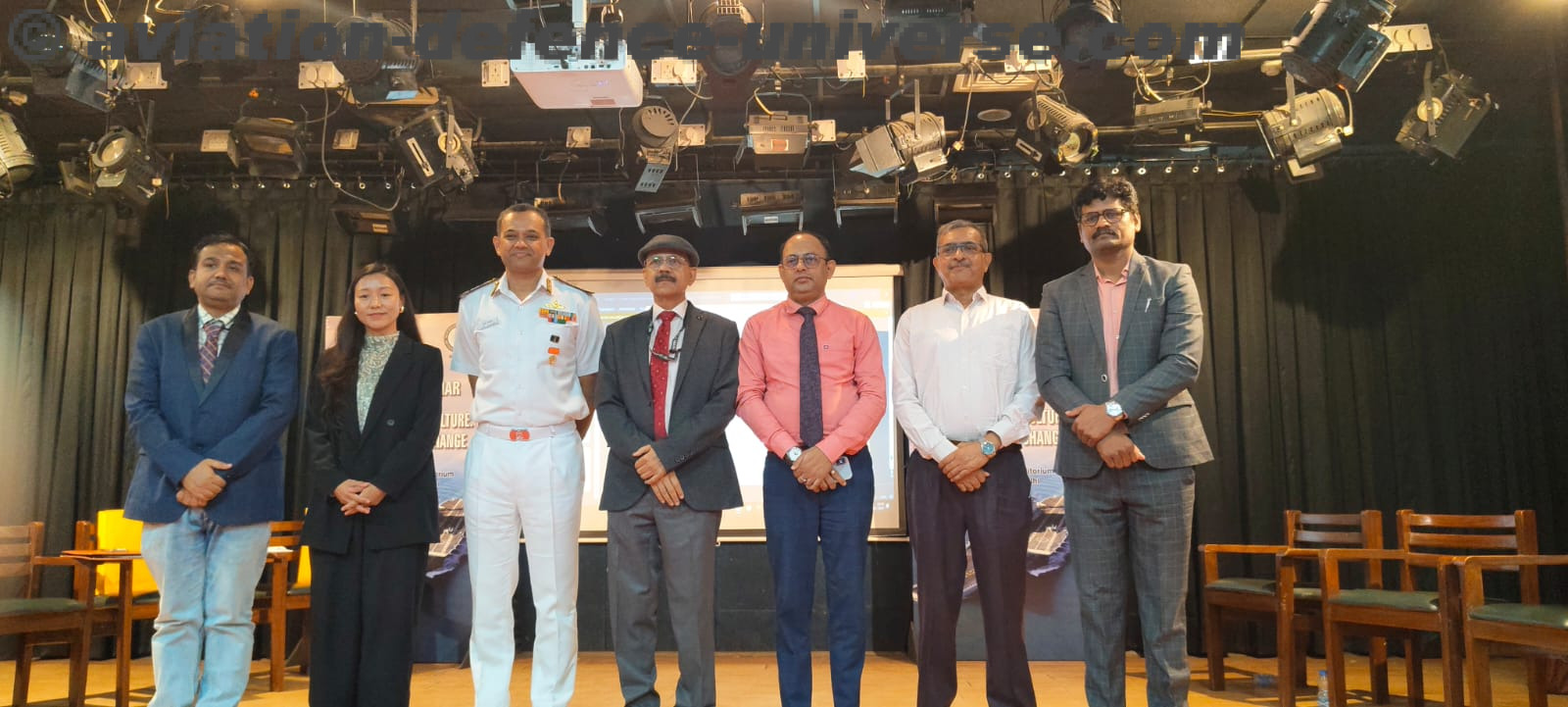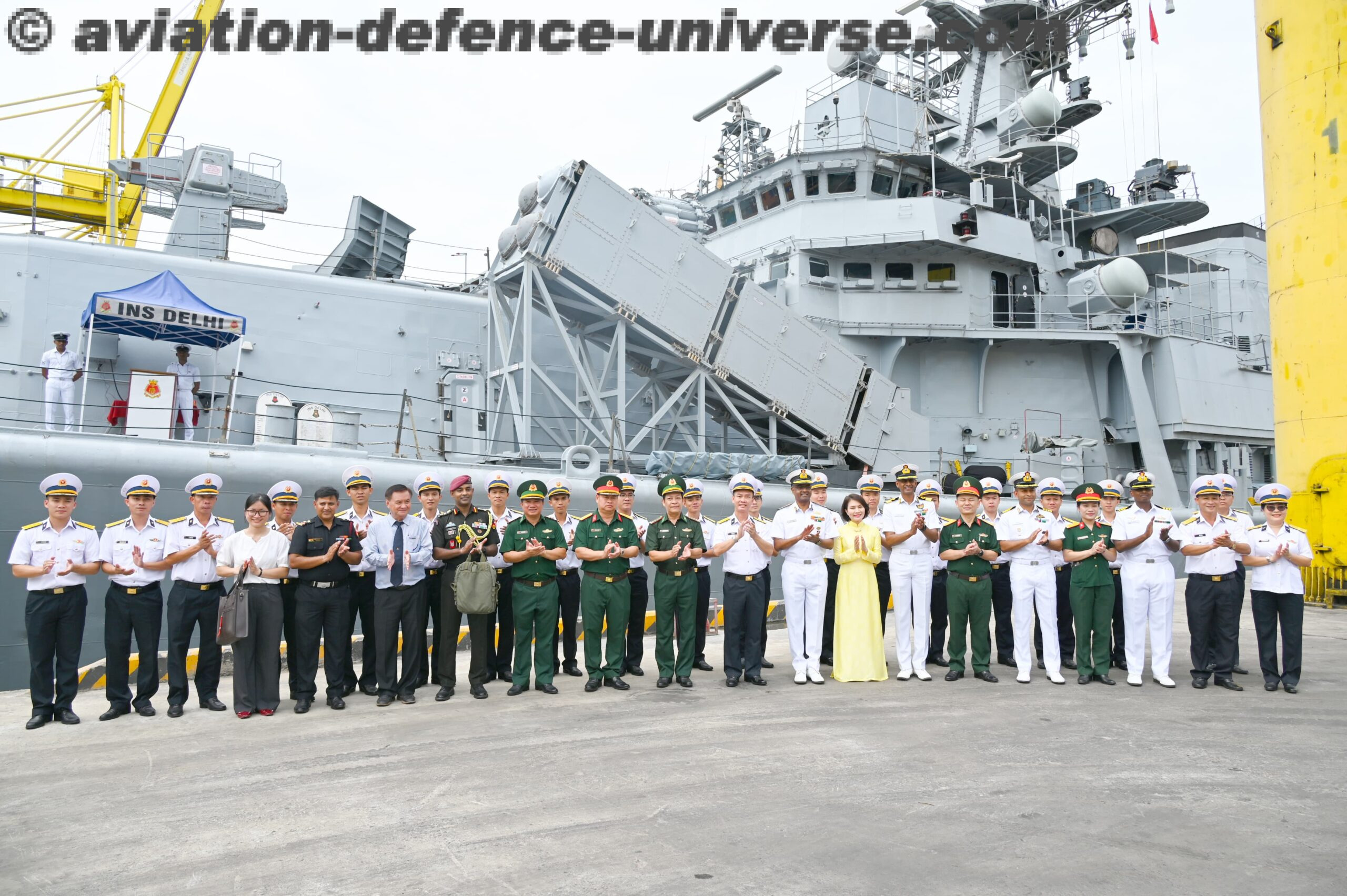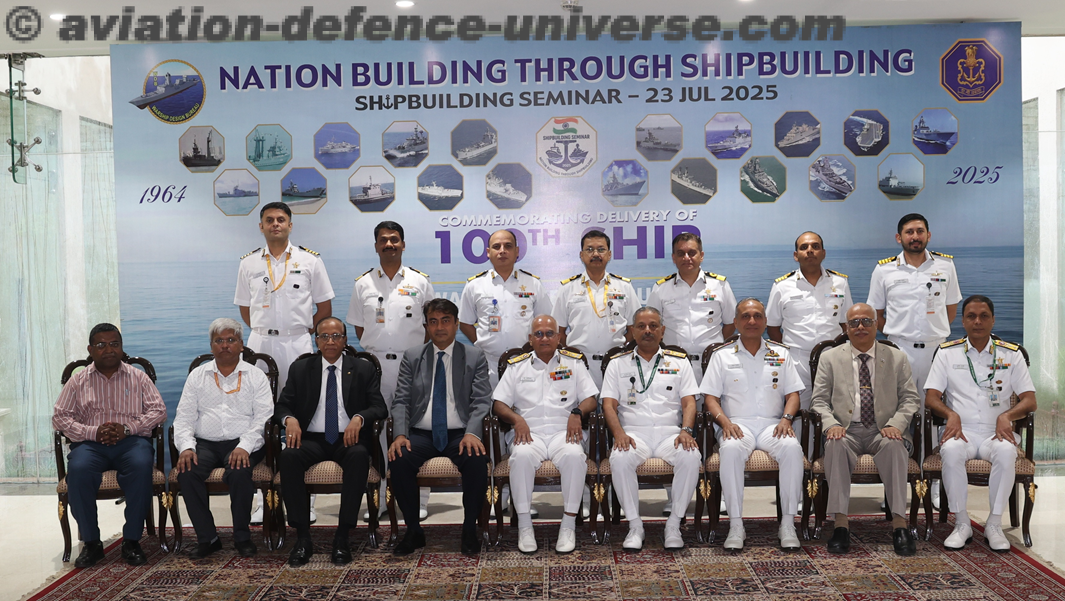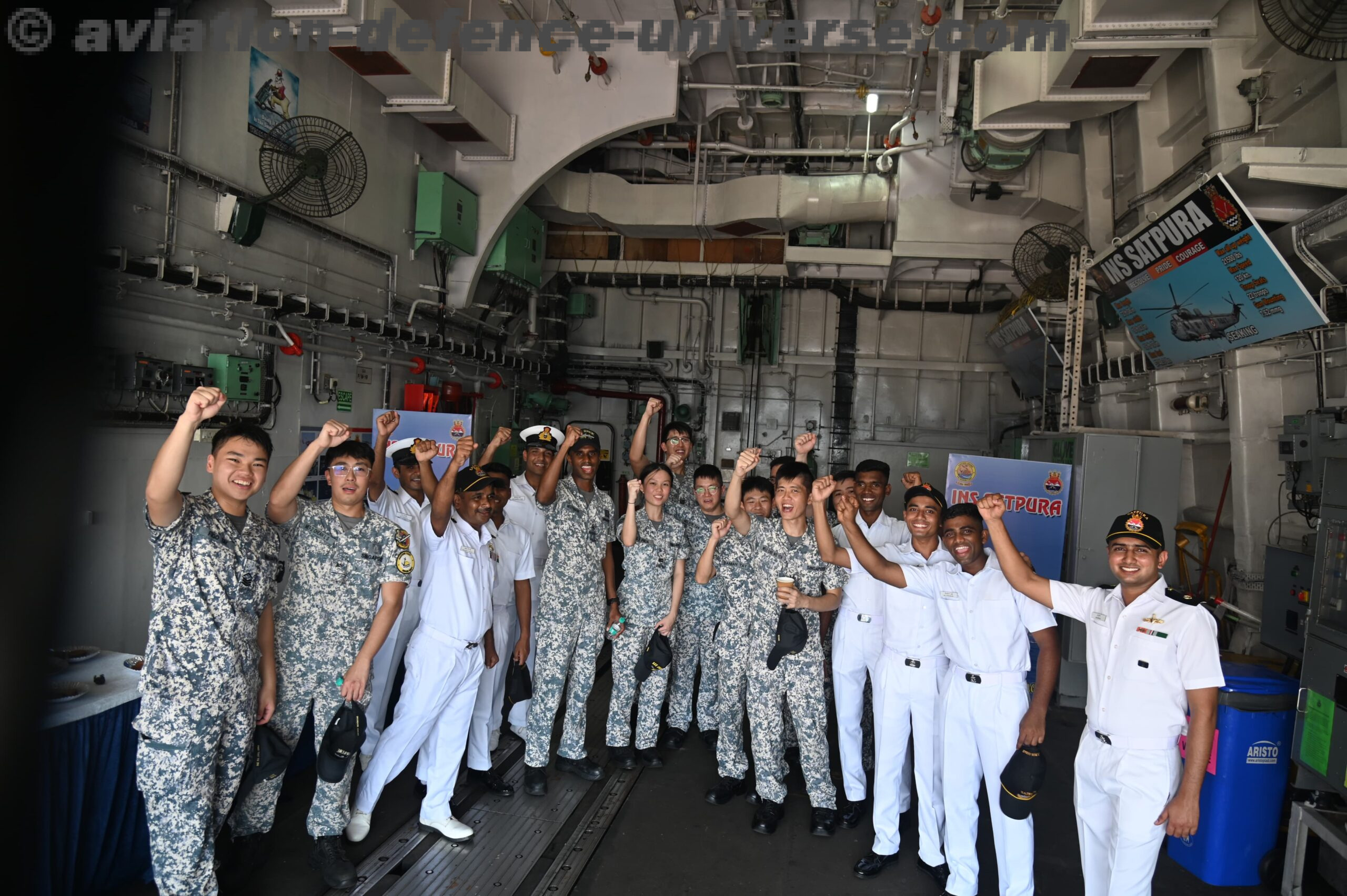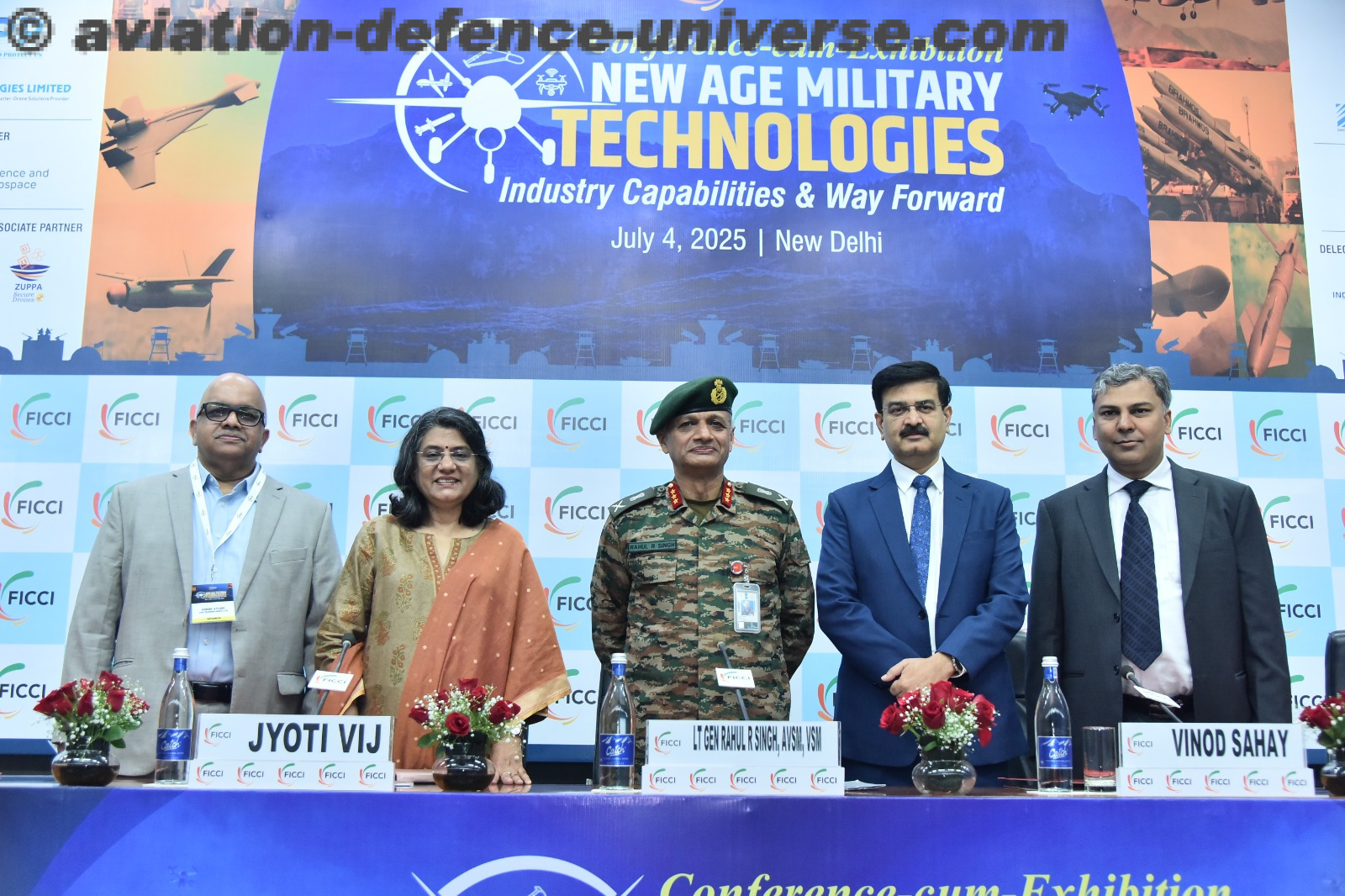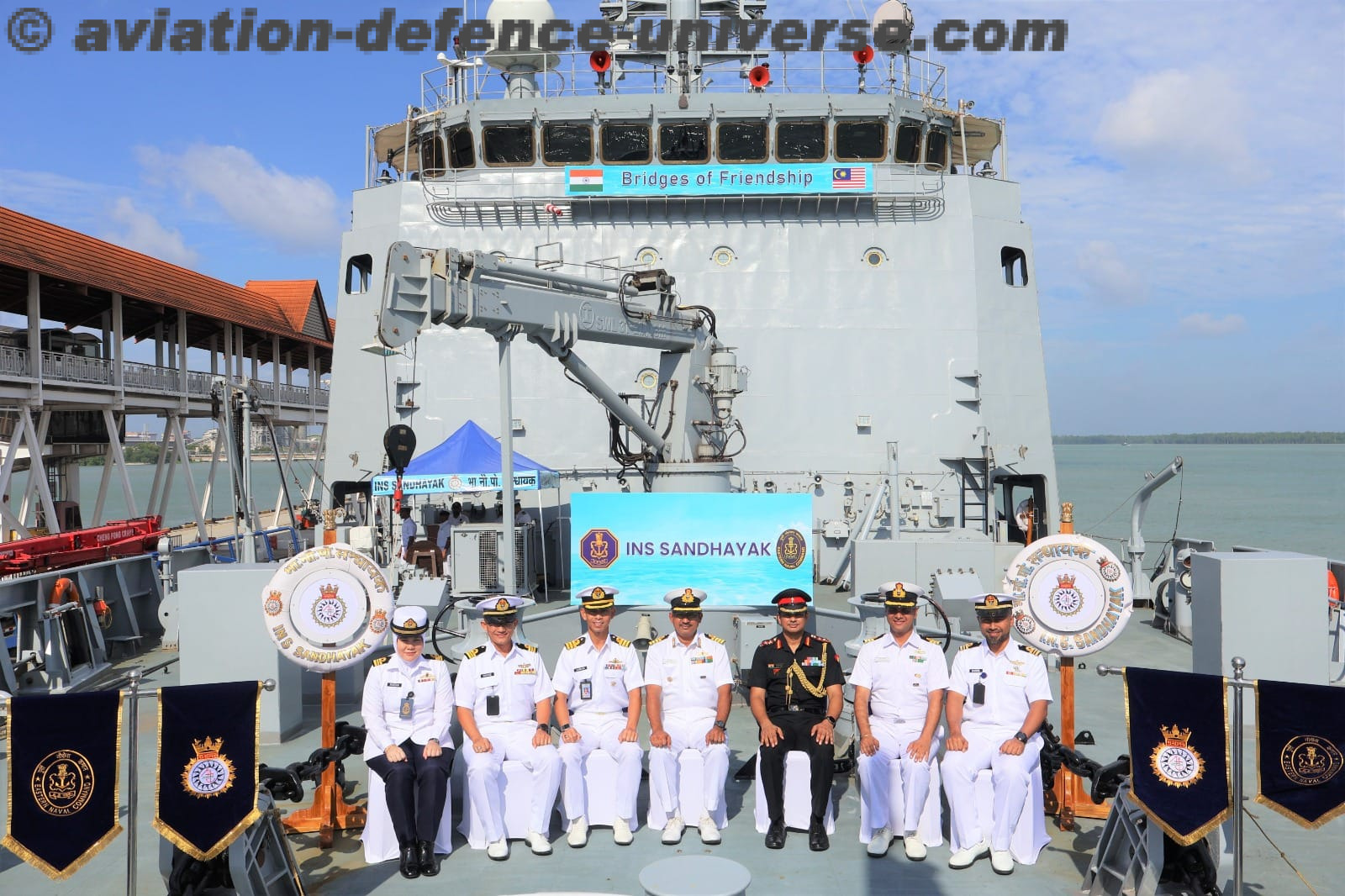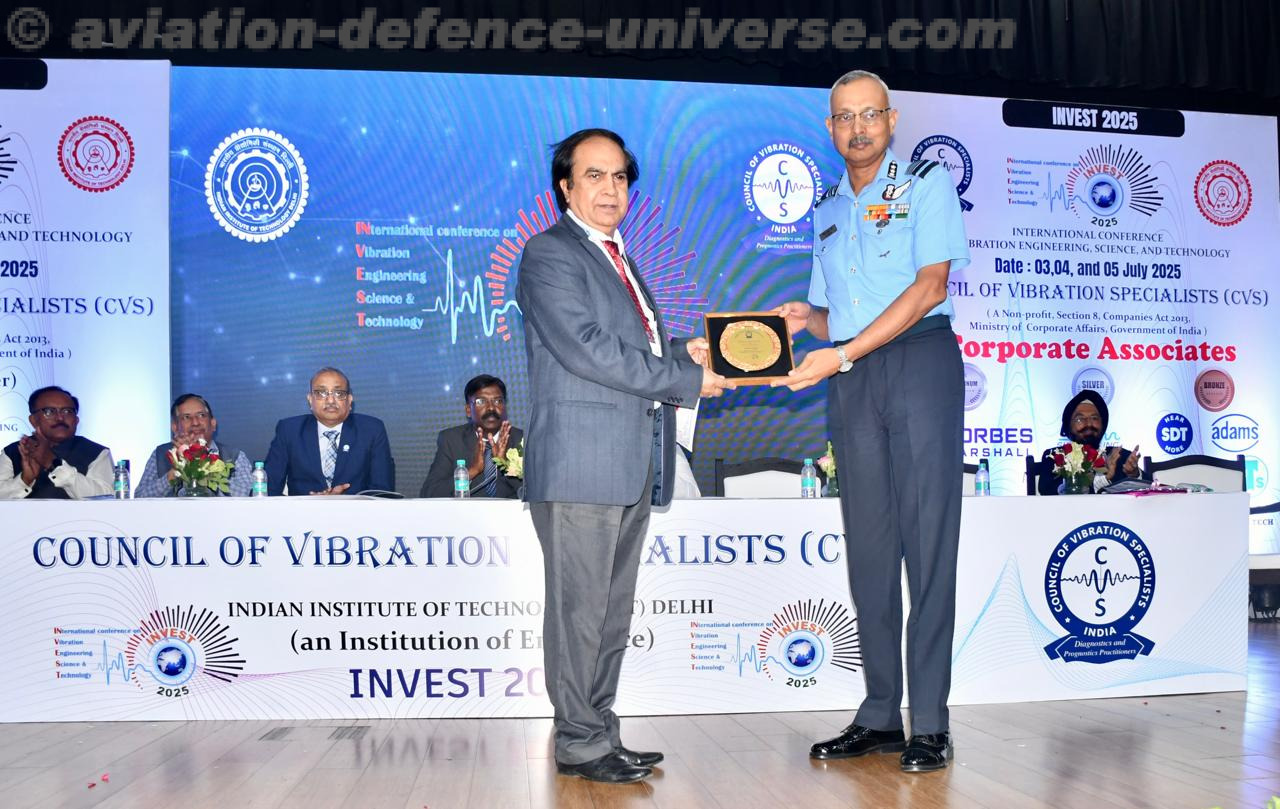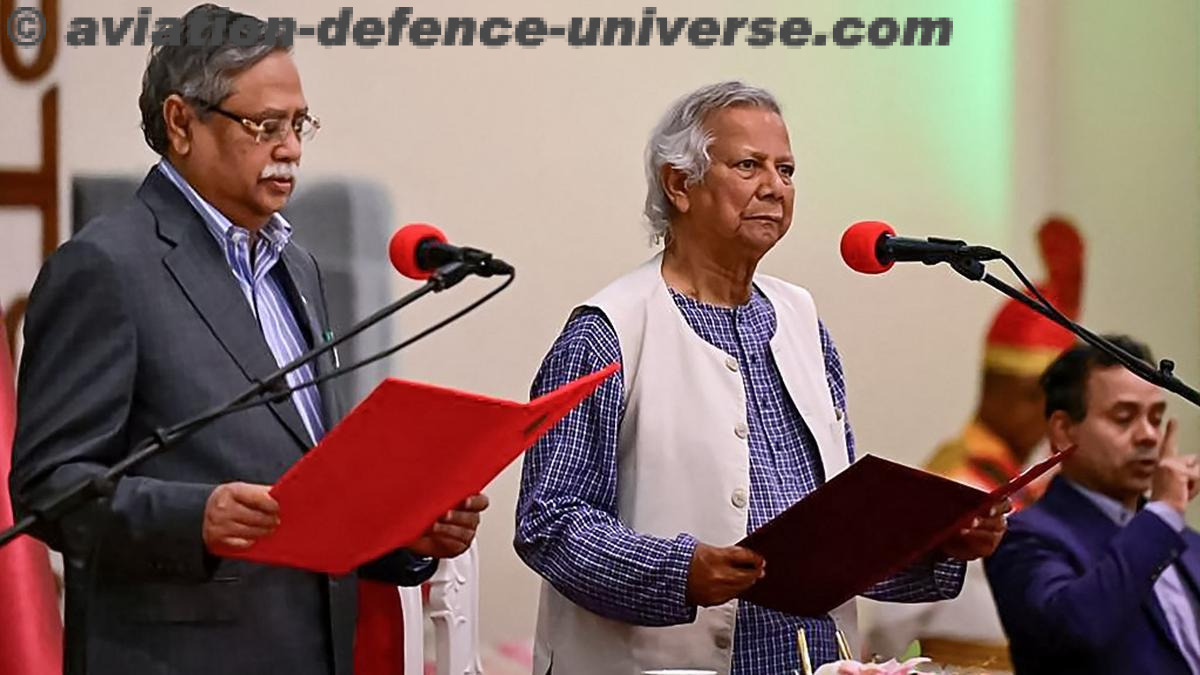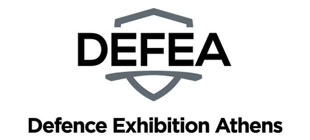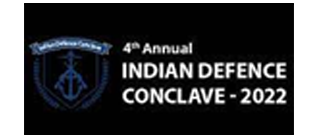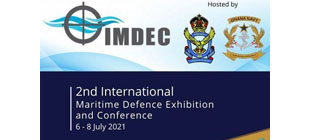
The India-Australia project
As we focus on the development of naval systems and maritime security, the India-Australia joint undersea surveillance initiative is a landmark step in regional defence collaboration. The partnership signals a major investment in passive sonar and underwater detection technologies—areas where indigenous innovation and international collaboration are crucial.
In today’s complex security landscape, underwater surveillance has become a critical aspect of naval operations. The increasing presence of stealthy submarines and autonomous underwater platforms poses a serious challenge to regional stability. These systems can evade detection for extended periods, making them capable of disrupting commercial sea routes and threatening naval infrastructure. Robust undersea monitoring provides early threat detection, heightens situational awareness, and ensures faster response times—capabilities that are vital for deterrence and rapid military action. Underwater Domain Awareness plays a central role in maintaining maritime security.
Unmanned and Autonomous Platforms like AUVs and USVs are changing how nations secure their maritime domains. These autonomous systems can perform extended missions without onboard personnel, gathering valuable sonar and oceanographic data. With sophisticated sensors and AI capabilities, they can identify underwater hazards, monitor submarine movement, and map ocean floors. Their scalability and cost-efficiency make them ideal for wide-area patrols, particularly in remote or contested waters. The adoption of such technologies would significantly enhance surveillance capacity and support informed naval decision-making.
This three-year project not only strengthens the nation’s anti-submarine warfare (ASW) capabilities but also opens the door for deeper interoperability with strategic partners in the Indo-Pacific. With the increasing presence of submarines and AUVs in our waters, advanced towed array systems offer the real-time intelligence edge we need. For startups like ours, this initiative highlights a clear direction in defence R&D and also reinforces the growing space for private-sector contribution, particularly in prototyping, field simulation, and dual-use tech integration. We’re excited to align our innovation roadmap with this evolving national and regional priority.
What makes this collaboration critical is the increasing submarine activity in the Indo-Pacific. Both India and Australia have recognised the strategic necessity of modernising their underwater surveillance capabilities. By investing in passive detection technologies, they aim to maintain situational awareness without compromising their own positions—a crucial advantage in contested maritime zones.
The technical scope of the project includes the development of Towed Array Target Motion Analysis (TATMA), a signal processing framework that uses hydrophone data and advanced algorithms to track underwater targets. This passive approach allows for stealthy monitoring, enabling naval platforms to detect and classify threats without emitting active sonar signals. The integration of artificial intelligence (AI) and machine learning (ML) into these systems is expected to enhance detection accuracy, reduce false positives, and adapt to dynamic underwater environments. Beyond the technical collaboration, the project reflects a broader strategic alignment. It builds on the Comprehensive Strategic Partnership signed in 2020 and complements defence agreements like the Mutual Logistics Support Agreement and the Defence Science and Technology Implementing Arrangement. These frameworks facilitate joint trials, data sharing, and regular exchanges of scientists and technical experts, fostering a culture of shared learning and mutual trust.
Undersea surveillance systems can be repurposed to track seismic activity, monitor oceanographic changes, and detect illegal fishing or maritime pollution. For countries in the Global South that are vulnerable to climate-induced disasters and economic exploitation of marine resources, such capabilities offer dual-use benefits. The India-Australia initiative thus exemplifies how defence technology can serve broader developmental and humanitarian goals. It also reinforces the role of science diplomacy in fostering resilient partnerships that transcend traditional security paradigms. One of the most compelling aspects of this initiative is its potential to serve as a model for future collaborations. As underwater domain awareness becomes increasingly central to maritime strategy, bilateral and multilateral partnerships will be essential. The India-Australia project demonstrates how nations can pool resources, share expertise, and co-develop technologies to address shared security challenges. It also strengthens the Quad alliance—India, Australia, Japan, and the United States—by promoting interoperability and shared situational awareness.
This pact also reflects a significant global shift toward autonomous and unmanned systems that is redefining maritime defence strategy. From unmanned surface and underwater vehicles to AI-driven surveillance platforms, nations are embracing these technologies to achieve stealth, endurance, and operational efficiency. For India, this evolution has served as a catalyst for transforming its defence ecosystem. Startups and private enterprises have seized the opportunity to design, manufacture, and deploy cutting-edge unmanned systems tailored to the unique challenges of the Indian Ocean. These developments have not only bolstered India’s defence capabilities but also strengthened its industrial base, expanded export potential, and underscored the strategic value of indigenous technology under initiatives like Atmanirbhar Bharat. As the reliance on unmanned systems grows globally, India’s defence startups are emerging as key players in shaping future maritime security frameworks.











